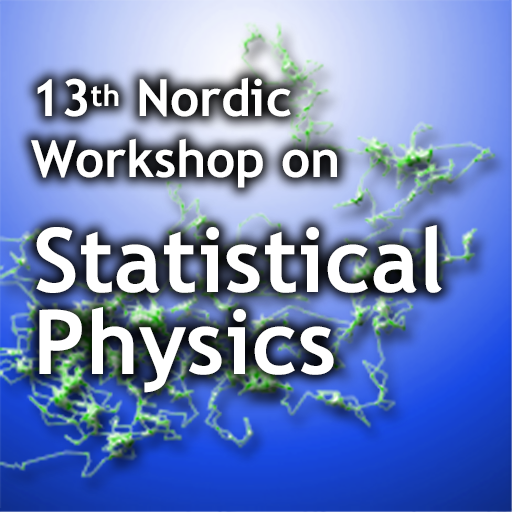Speaker
Description
When cells are damaged or stressed they respond by oscillating protein densities as have been observed for two famous proteins/transcription factors p53 and NF-kB [1]. The oscillations have a period of 3-5 hours and appear in both healthy and sick cells. p53 is a cancer gene while NF-kB plays a role in diabetes. For p53 we show that phase transitions lead to condensates of repair proteins around damage sites which occur in an oscillating fashion thus preventing Oswald ripening. The period of oscillations provides an optimal time scale for the repair mechanism [2]. By applying an external periodic protein signal, the internal oscillation can lock to the external signal and thus controls the genes. The locking occurs when the ratio between the two frequencies is a rational number leading to Arnold tongues [1]. If tongues overlap, chaotic dynamics appear which strongly influence gene production. When oscillations are not sustained we can excite oscillations at a certain frequency leading to genetic resonance. Our findings are in good agreement with experimental data from our collaborative groups at Harvard Medical, Beijing and Taiwan.
[1] M.L. Heltberg, S. Krishna, L.P. Kadanoff and M.H. Jensen, "A tale of two rhythms: Locked clocks and chaos in biology (Review)", Cell Systems, 12, 291-303 (2021).
[2] M.S. Heltberg, A. Lucchetti, F.-S. Hsieh, D.P.M. Nguyen, S.-h.Chen and Mogens H. Jensen, "Enhanced DNA repair through droplet formation and p53 oscillations", Cell 185, 4394–4408 (2022).

